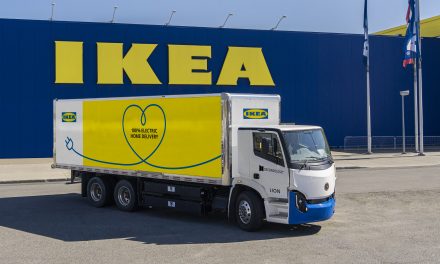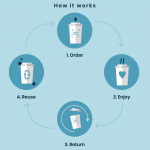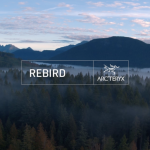It’s no secret that we need major changes in our local communities to reach zero emissions targets in BC and Canada. But with such an intersectional problem, prioritizing projects is getting increasingly more difficult.
This is why the Community Energy Association (CEA) has launched the new Climate Action Planner Tool. It is a succinct way to analyze the GHG emissions at the community level throughout BC and illustrate the data of high-impact actions.
“We know that we need to limit global warming to 1.5C as per the Intergovernmental Panel on Climate Change (IPCC) report from October 2018,” the CEA writes on their website. “To reach this target, we must reduce GHG emissions 50% by 2030, and become zero-carbon communities by 2050.”
The purpose of the tool is primarily to provide local government representatives with readily available data and guidance. With the ability to see estimated GHG levels now and into 2030, leaders will be able to have realistic conversations with other actors and community members.
However, with many organizations acting in the environmental impact space, this resource is not only available and applicable to government professionals, but it’s also useful to anyone. Our community knows the importance of this data and having conversations about progress and change. Whether you run a small restaurant, a large construction company, or work in a nonprofit – this data could help empower your collaboration, affiliation, or even simply adjust how you vote.
One of the most notable features of the Climate Action Planner is the ability to adjust sliders on “Big Moves” as they refer to them. The Big Moves range from electrifying passenger vehicles to better new buildings, each with their correlated explanation in the associated “Climate Leaders Playbook“. By adjusting the sliders you’re able to view the effect on GHG emission targets into 2030 in the graphs. Keep in mind, this is all viewable at a community level.
The CEA is holding an information session on October 28th at 10am PST to introduce people to this tool. Visit this page to register. Otherwise, there is a short demo video available here:
Feature image credit: Community Energy Association











